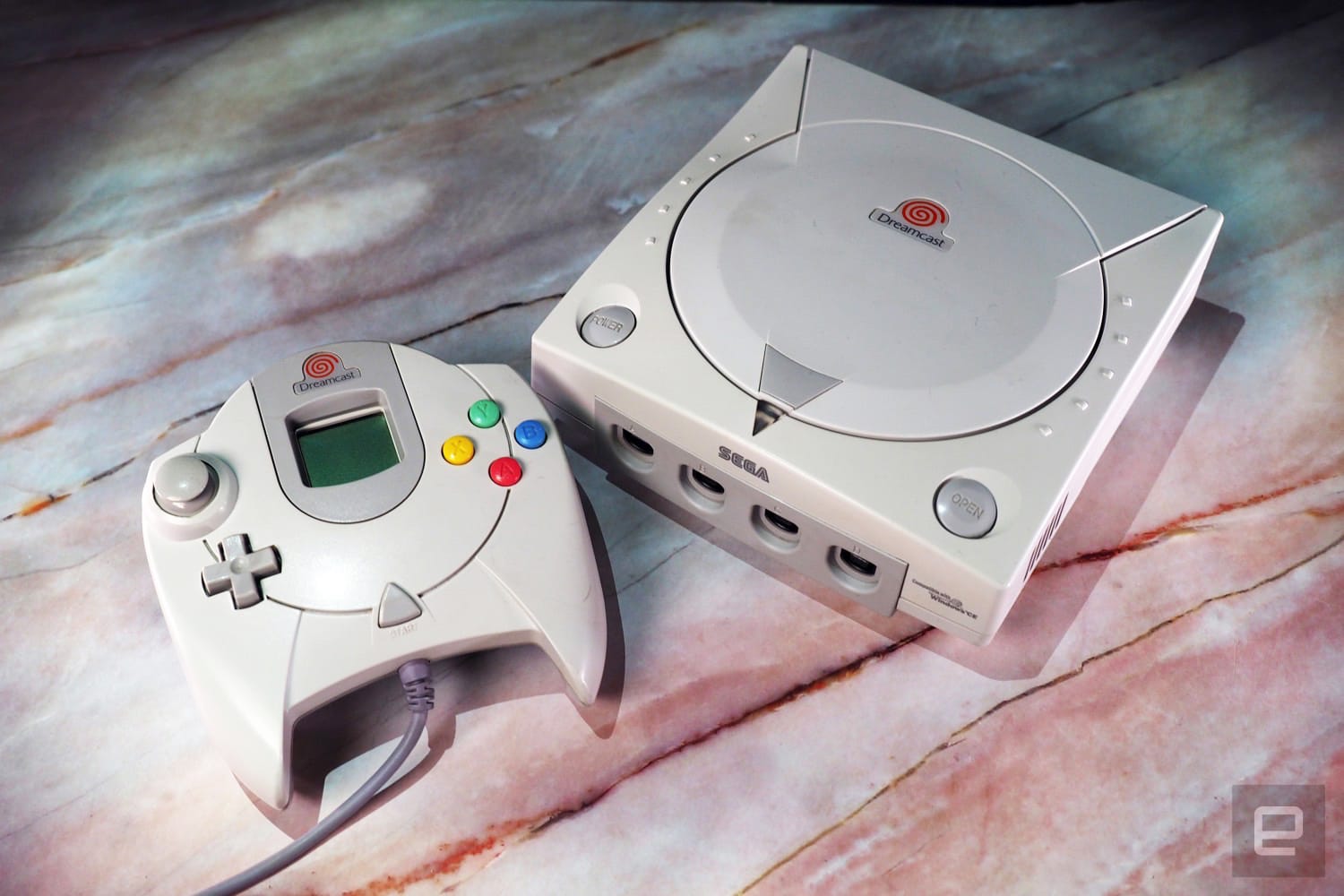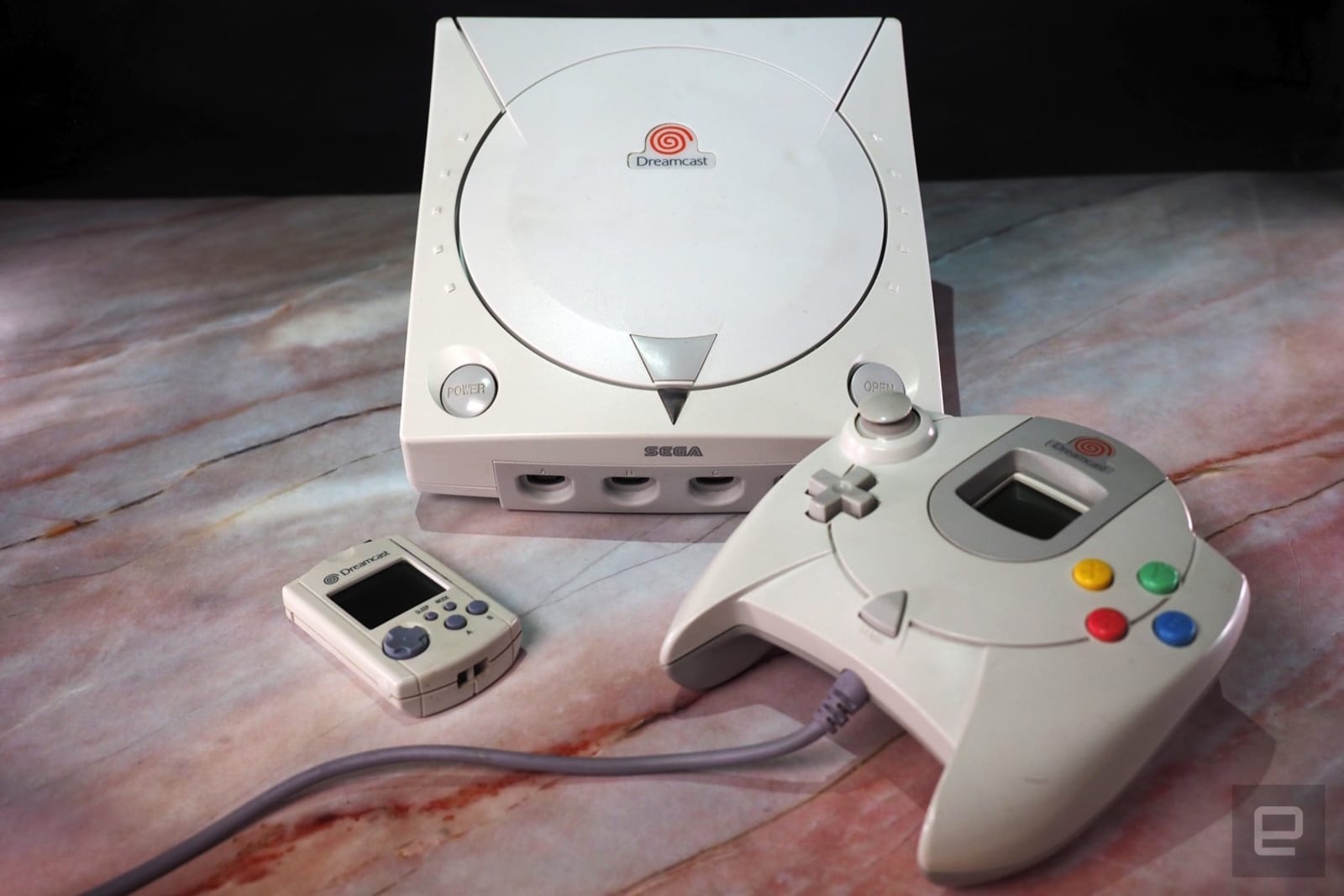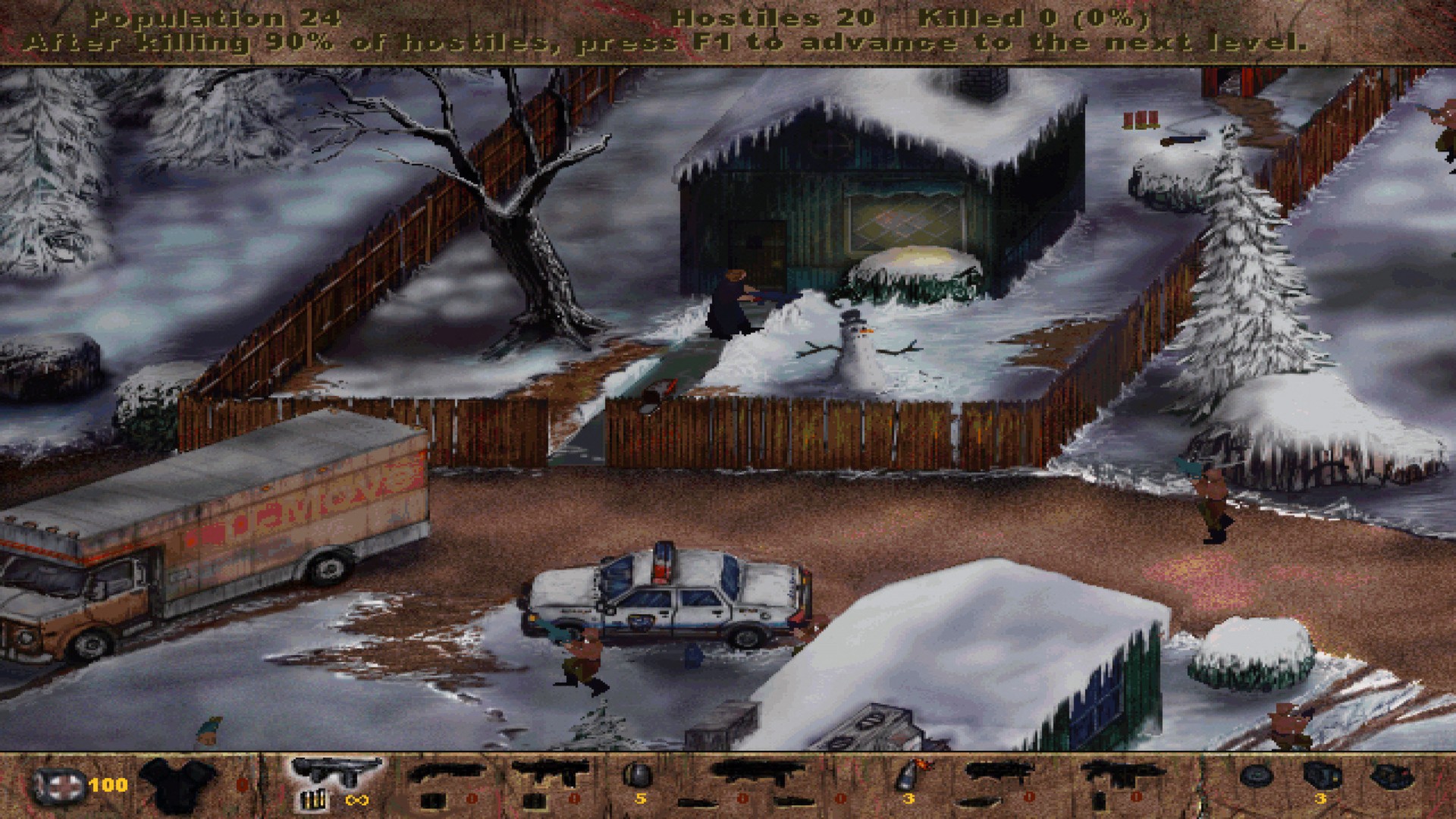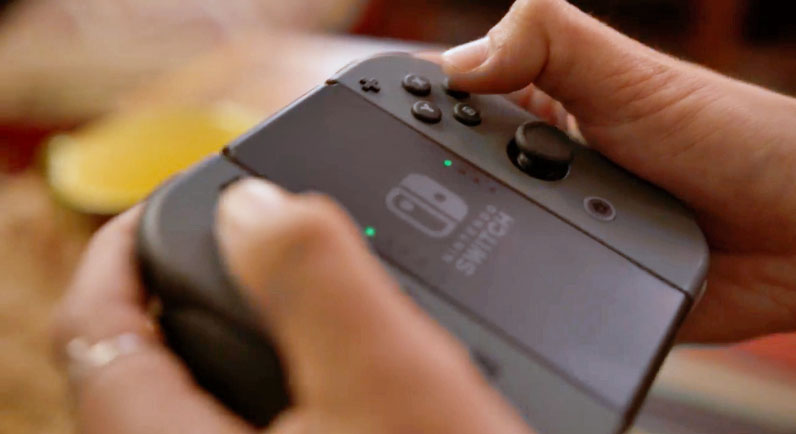Tag Archives: dreamcast
The forgotten dream of second-screen gaming
 The original iPad came out on April 3rd, 2010, at a time when most smartphone manufacturers were making the awkward transition from full QWERTY keyboards to touchscreen-only devices. Apple sold 1 million iPads in that first month, and by the end of 2...
The original iPad came out on April 3rd, 2010, at a time when most smartphone manufacturers were making the awkward transition from full QWERTY keyboards to touchscreen-only devices. Apple sold 1 million iPads in that first month, and by the end of 2...
20 years of Dreamcast: Readers look back on Sega’s final console
 Engadget started up in 2004, so we missed the rise (and fall) of the Sega Dreamcast by a few years. We've still covered the company's ups and downs over the past decade and a half (and can't wait for the Sega Genesis Mini later this month). Today's t...
Engadget started up in 2004, so we missed the rise (and fall) of the Sega Dreamcast by a few years. We've still covered the company's ups and downs over the past decade and a half (and can't wait for the Sega Genesis Mini later this month). Today's t...
The Dreamcast predicted everything about modern consoles
 9/9/99. 20 years ago today, the Dreamcast landed in America. And even though it was ultimately absolute failure, it changed the face of console gaming forever. It brought the power Sega's arcade hardware into your living room (at a price more palatab...
9/9/99. 20 years ago today, the Dreamcast landed in America. And even though it was ultimately absolute failure, it changed the face of console gaming forever. It brought the power Sega's arcade hardware into your living room (at a price more palatab...
Sega is becoming its weird and wonderful self again
Retro-bit brought brand-new Sega accessories to CES
 While Nintendo's 'classic' consoles have soaked up much of the retro love lately, Sega fans do have something to look forward to. The last booth I stopped by at CES 2018 was one of my favorites, as Retro-bit showed off new officially-licensed accesso...
While Nintendo's 'classic' consoles have soaked up much of the retro love lately, Sega fans do have something to look forward to. The last booth I stopped by at CES 2018 was one of my favorites, as Retro-bit showed off new officially-licensed accesso...
Flappy Bird is Back… On a Dreamcast Memory Card
We thought that we had heard the last of Flappy Bird, but it is back in a not so big way – on a Dreamcast memory card. The long-dead console still has a massive fanbase, so it is no wonder that one hacker has ported the game to the Dreamcast’s interactive memory card. Because why not?

The Visual Memory Unit was a unique memory card that plugged into the Dreamcast’s controllers to store game data, or act as a second-screen for some games since it has a monochrome LCD display. It even has basic controls.
Dmitry Grinberg created a custom ARM Cortex chip emulator that runs on the VMU’s CPU, allowing it to run the game, albeit very slowly. Despite the speed, it’s actually even harder to play thanks to the sucky button responsiveness. Still, it’s a neat hack.
Violence for all: ‘Postal’ goes open source
 Behind the ongoing public debate on violent video games, a few key titles always stand out -- but before the public was freaking out about Grand Theft Auto, it was reeling in shock from Postal. This ridiculous satirical smorgasbord of violence earned...
Behind the ongoing public debate on violent video games, a few key titles always stand out -- but before the public was freaking out about Grand Theft Auto, it was reeling in shock from Postal. This ridiculous satirical smorgasbord of violence earned...
With the Switch, Nintendo could make controllers great again
 There was a no more exciting time to be a peripheral fan than 1999. For me, someone who loved the custom controls of the arcades, the Dreamcast was a fantasy. Its Visual Memory Unit (VMU) was a memory card with a screen that slotted into the controll...
There was a no more exciting time to be a peripheral fan than 1999. For me, someone who loved the custom controls of the arcades, the Dreamcast was a fantasy. Its Visual Memory Unit (VMU) was a memory card with a screen that slotted into the controll...
